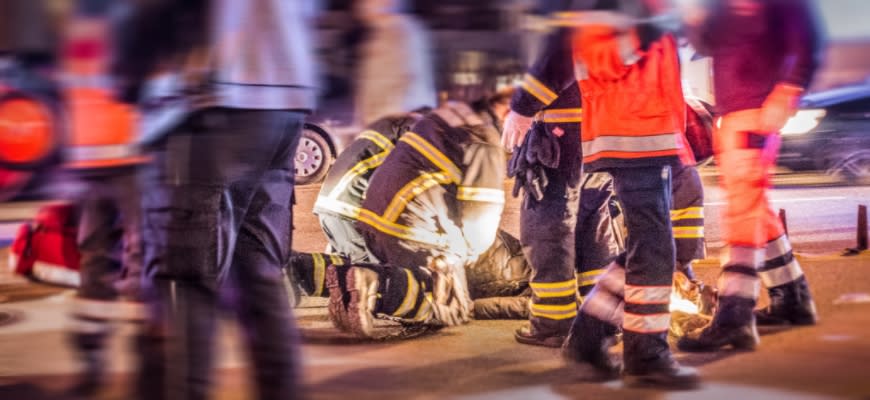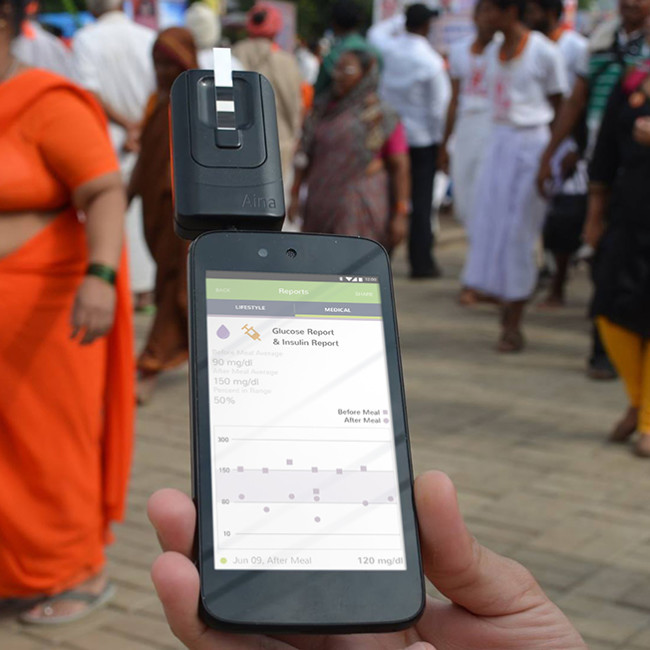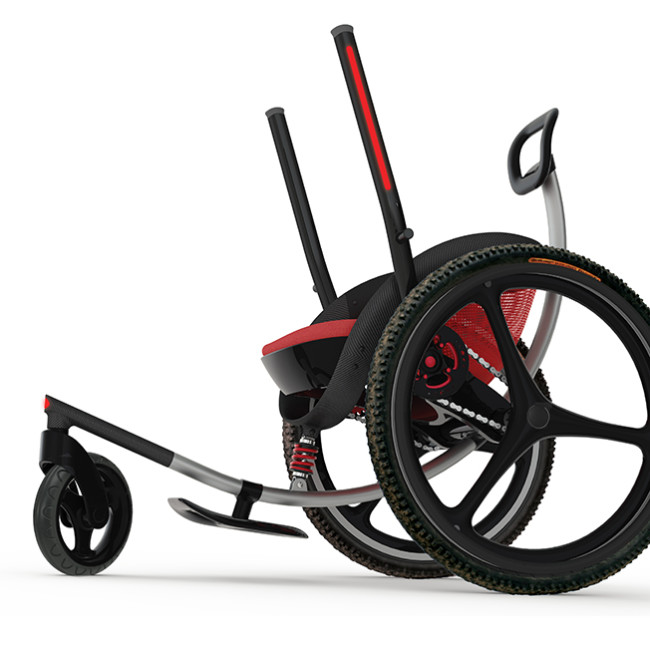Pacific Northwest National Laboratory: Future of First Response
First responders need top-of-the-line clothing, equipment, and information systems to do their jobs, yet as technologies evolve to meet the needs of consumers, military, and the private sector, many first response units are left behind.
First responders need top-of-the-line clothing, equipment, and information systems to do their jobs, yet as technologies evolve to meet the needs of consumers, military, and the private sector, many first response units are left behind.

01
Challenge
For our nation’s first responders, a job well done is one that goes largely unnoticed. When a call comes into a fire, police, or EMS unit, they rarely know what awaits them on the other end of the line. They only know that they must move quickly, think clearly, and take action. Just how they respond often means the difference between a life saved and a life lost, between news headlines and nothing out of the ordinary.
First responders need top-of-the-line clothing, equipment, and information systems to do their jobs. Yet many first response units across the country are finding themselves left behind, as technologies evolve to meet the needs of consumers, military, and the private sector before their own.
Pacific Northwest National Laboratories (PNNL) came to us with the goal of defining a vision that would inspire and guide interested, able companies to address this need. PNNL asked our designers to imagine the future of first response: What will this work look like in ten to fifteen years? What tools, apparel, and IT systems will first responders need? And how can this future vision be made real?
03
Solution
Bringing leaders from the first responder community together with key players in government and industry, we helped PNNL to define a vision for the future of first response. This encompassed the individual first responder’s clothing, tools, and transportation needs, as well as the broader systems integrations required for a team to operate more effectively—and save more lives.
To articulate this vision, we provided PNNL with a series of videos dramatizing how our solutions will function in the context of police, fire, and EMS work. We also provided a “prototype box,” which housed high-fidelity mock-ups of our concepts. Not only could people pick up and touch each component of the system we’d designed, but they also could engage with interactive digital tools to experience each solution in the context of an actual emergency.




